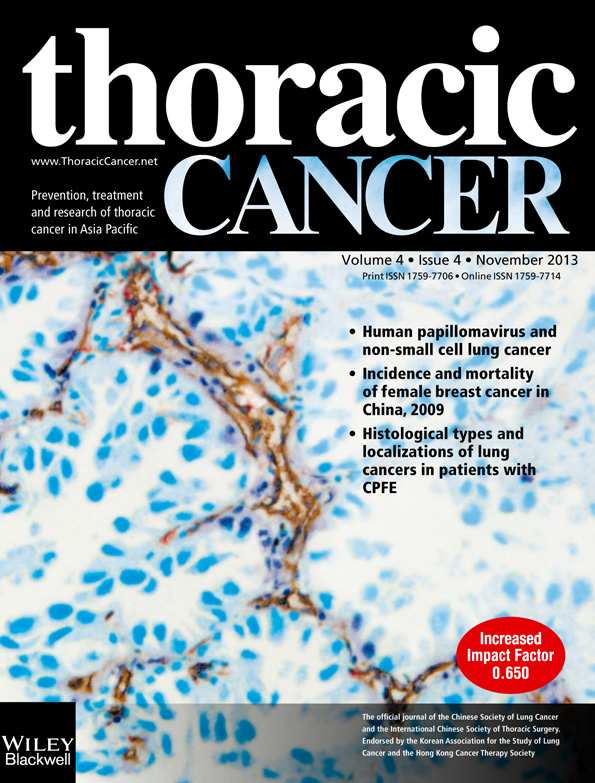Huge primary malignant melanoma of the esophagus: A case report and literature review
Abstract
Primary malignant melanoma of the esophagus (PMME) is a relatively rare esophageal malignancy accounting for 0.1–0.2% of all esophageal tumors. Because the tumor cells occur mainly in the esophagus mucosa and grow along the longitudinal axis in the lumen, it causes relatively late obstruction symptoms, even though the lesion is a much larger mass than found in most cases of esophagus carcinoma, protruding into the esophageal lumen. Invasive growth results in stenosis, followed by difficulty eating. A patient may not be aware of their illness until transesophageal endoscopic biopsy or postoperative pathology is confirmed. Positive expression of immunohistochemical markers human melanoma black (HMB) 45 and S-100, are the most important factors in confirming diagnosis. Because of the high degree of malignancy and the poor prognosis of PMME, upon diagnosis total or subtotal esophagectomy plus three-field systemic lymph node dissection with incisions in the left cervical, right chest, and superior belly, is critically required. In summary, early diagnosis and expanding esophageal resection may be the best approach to prevent local recurrence and distant metastasis.




